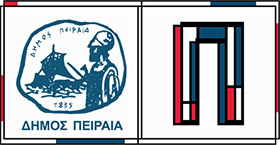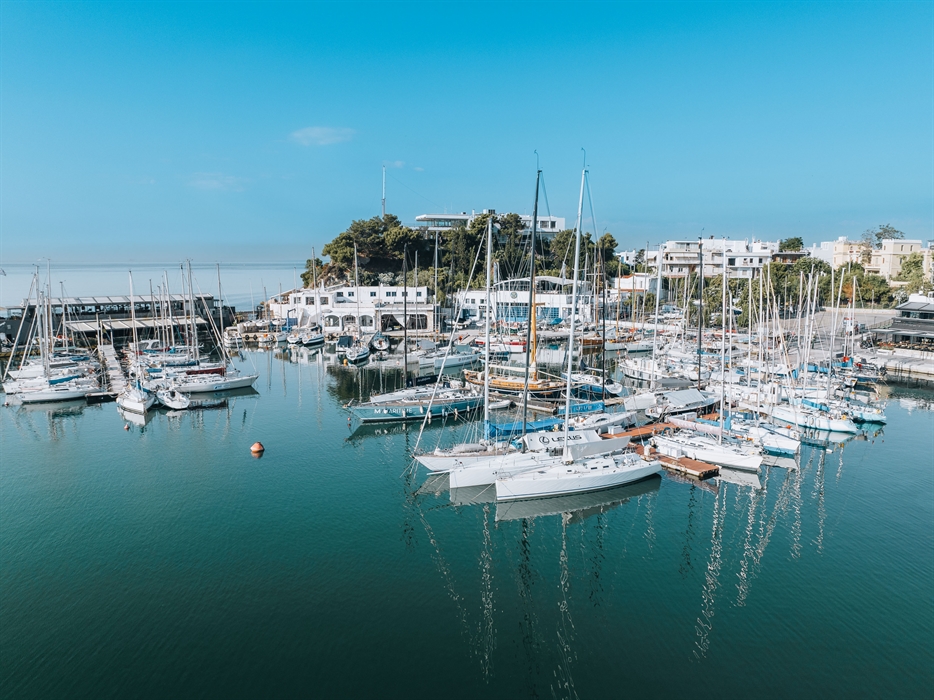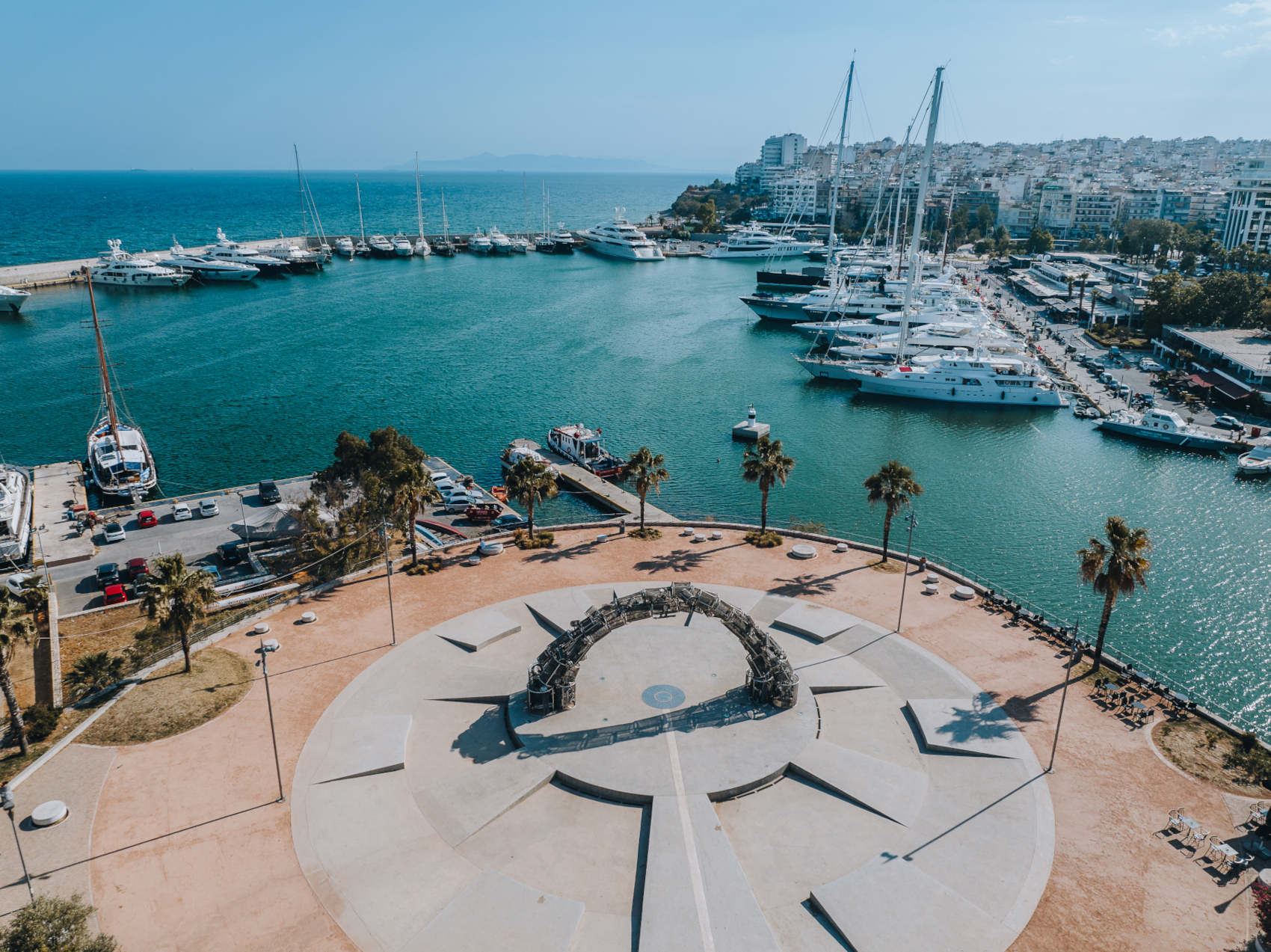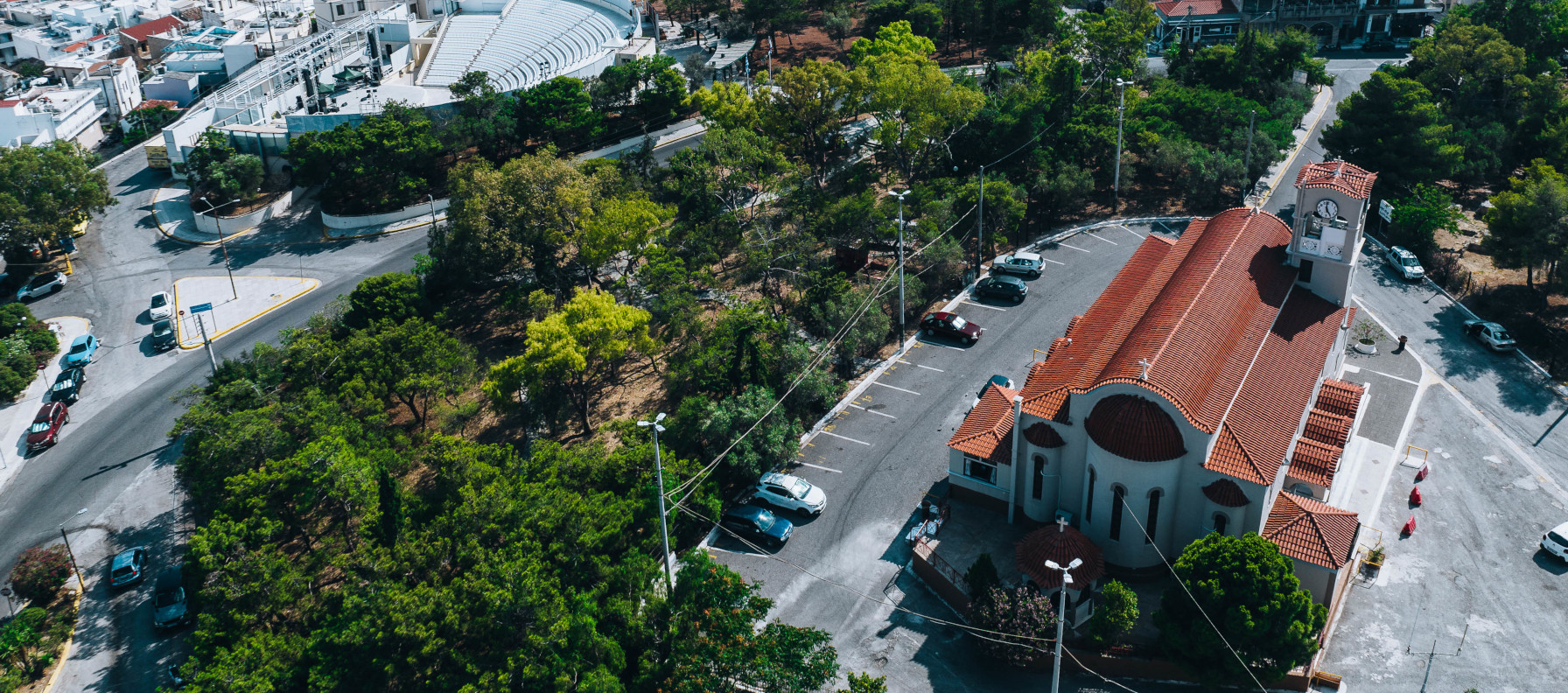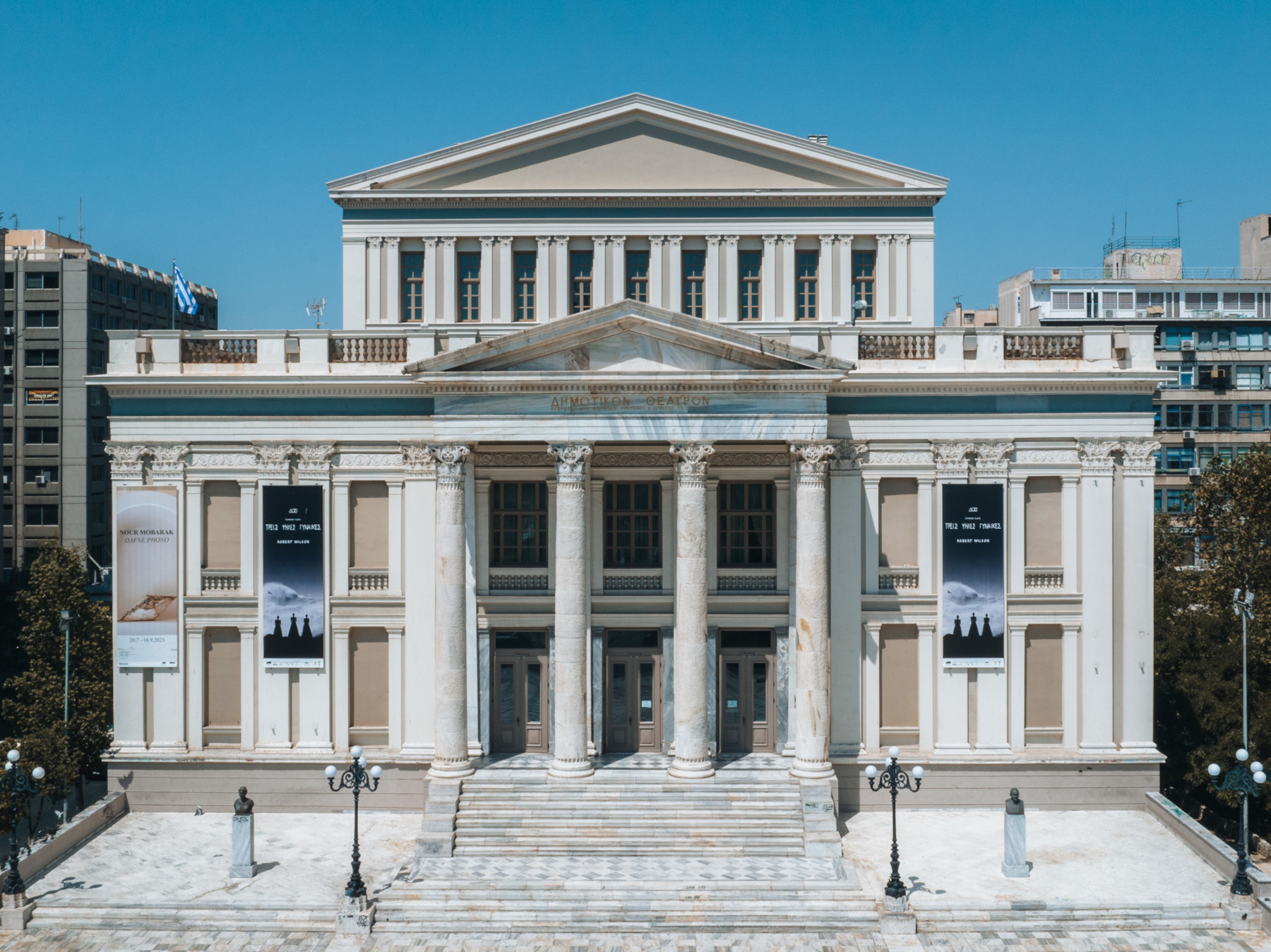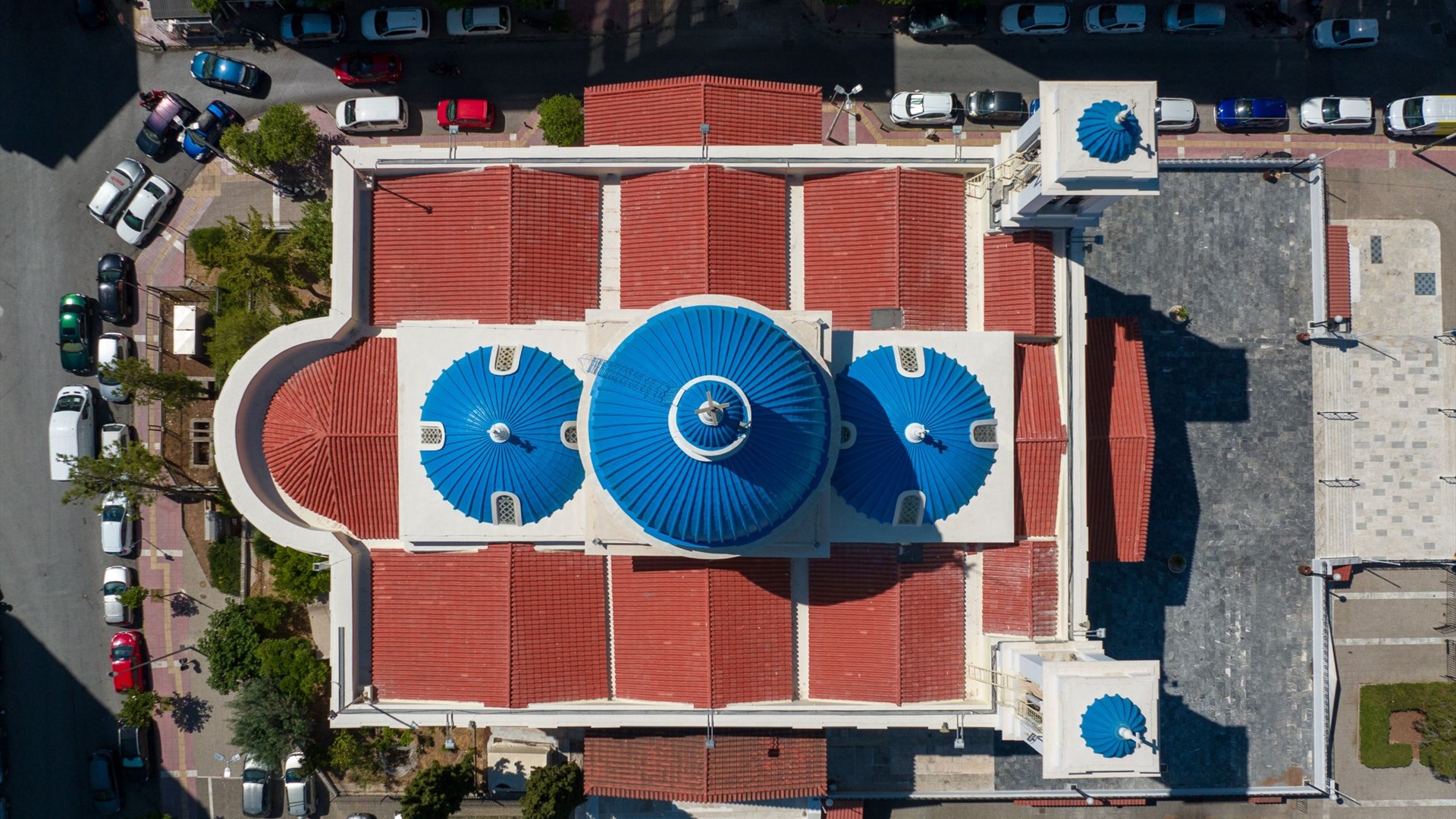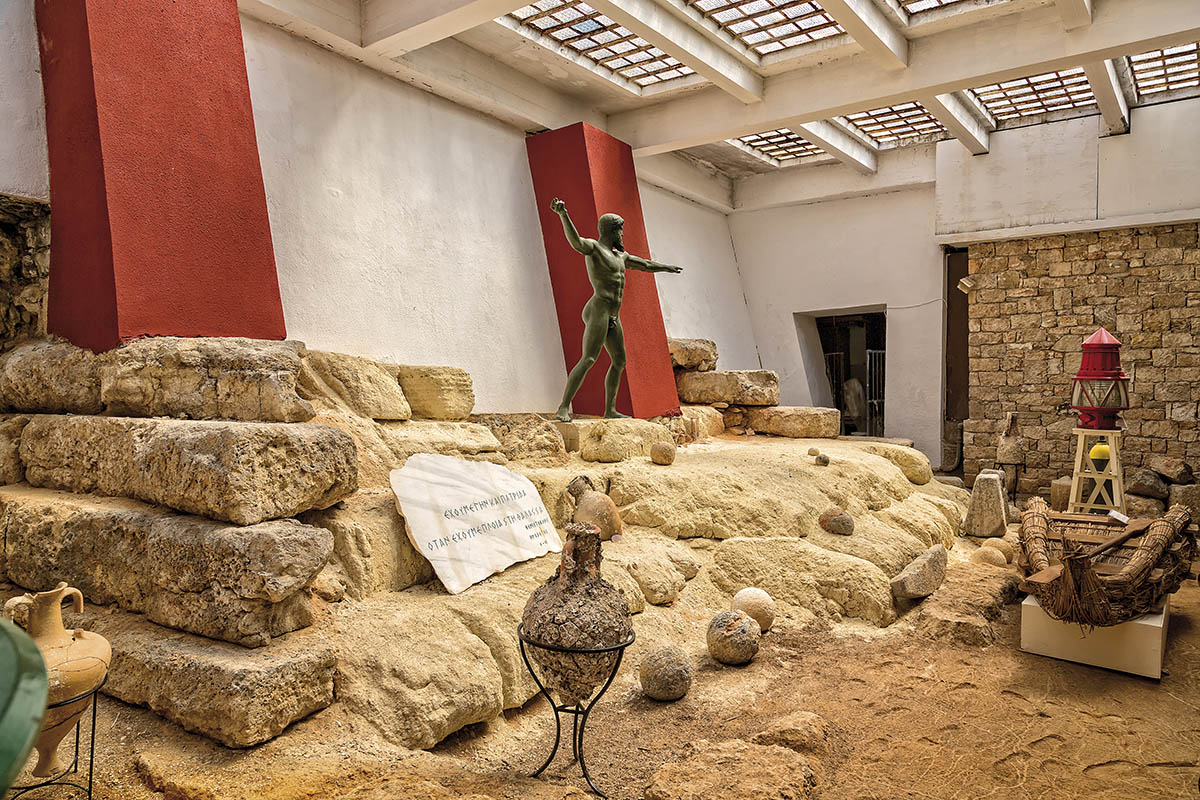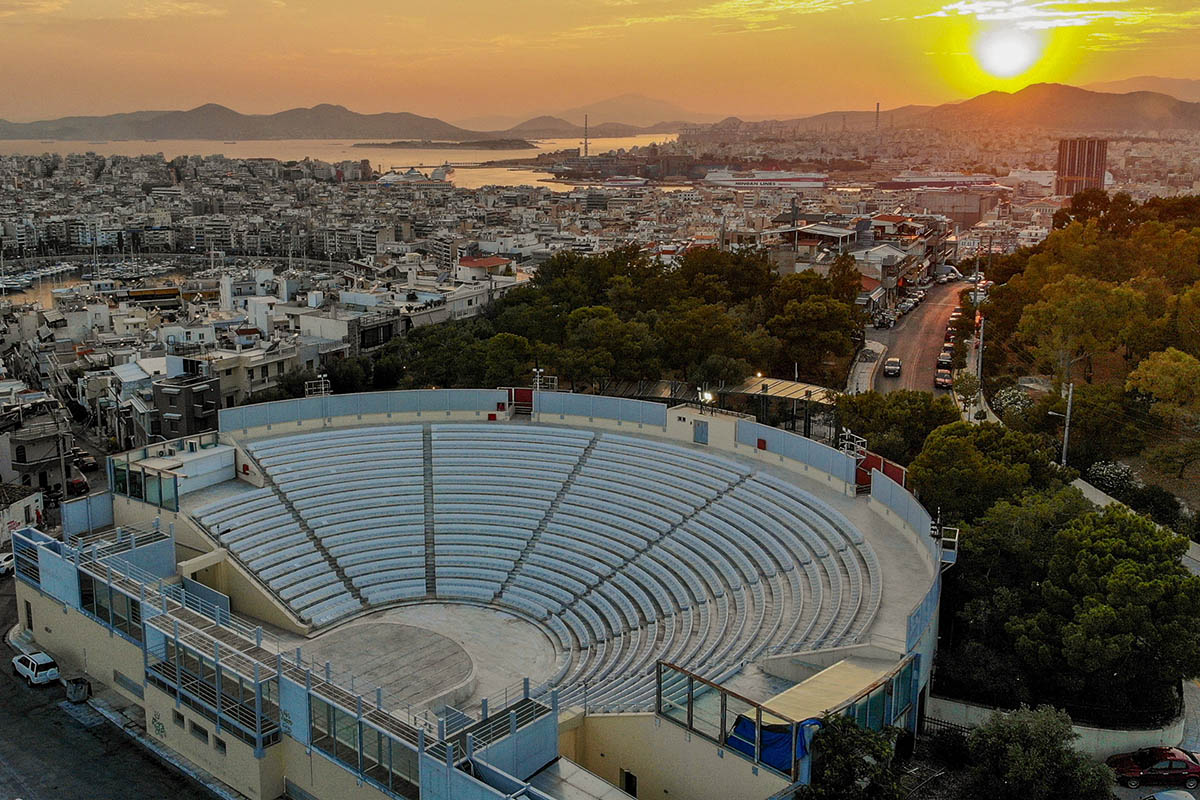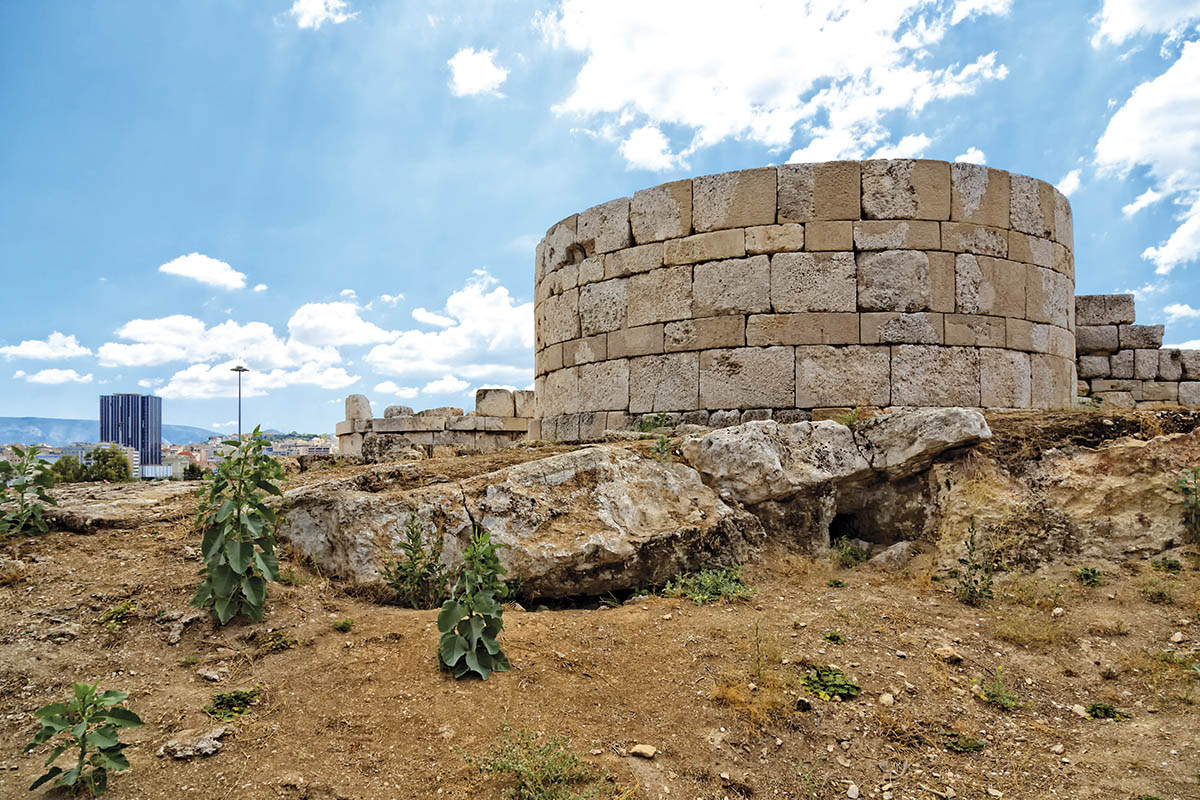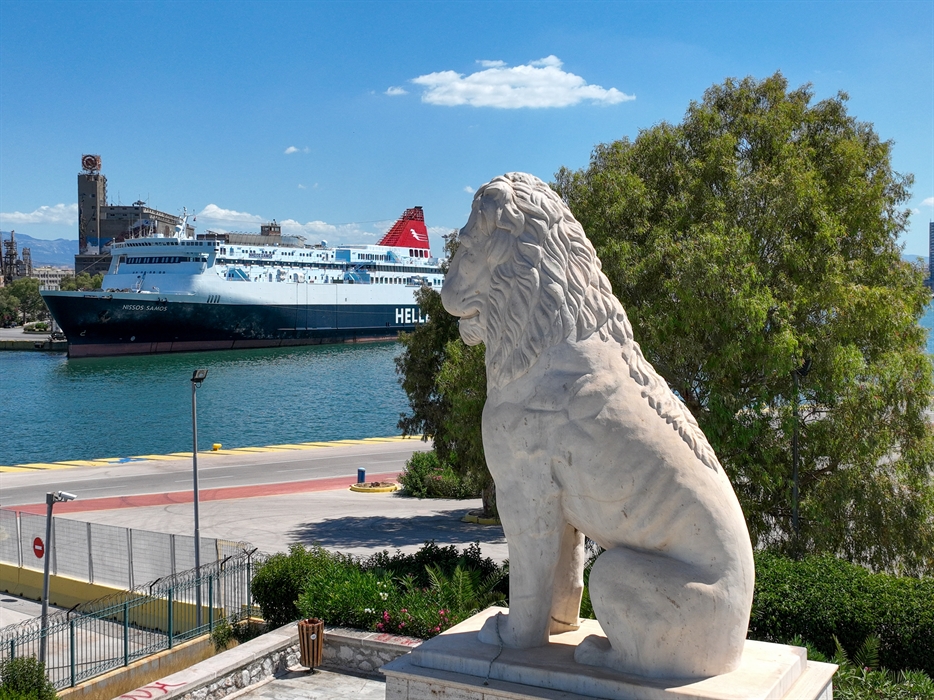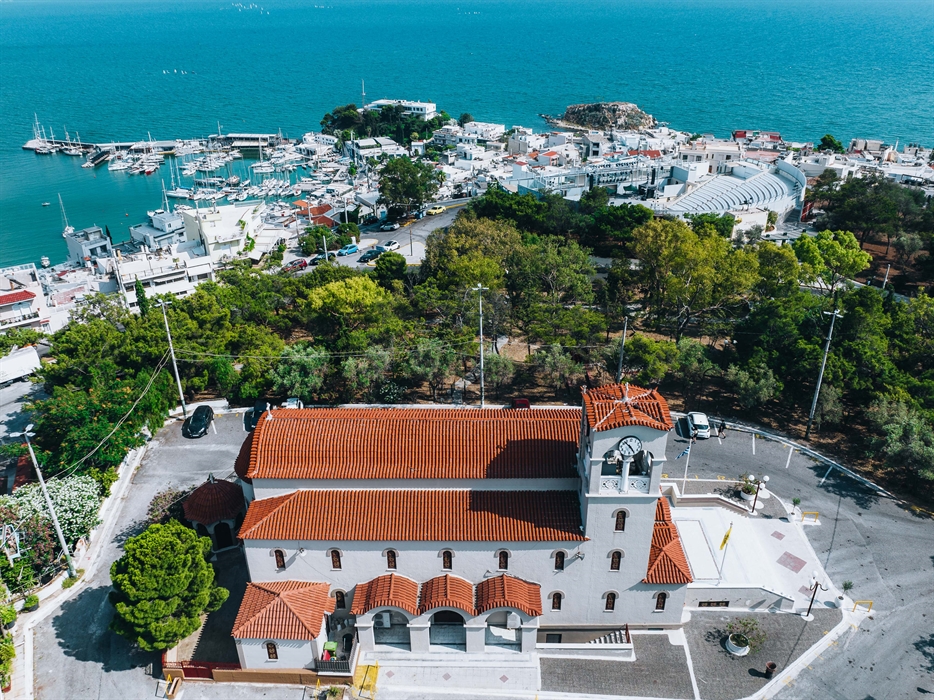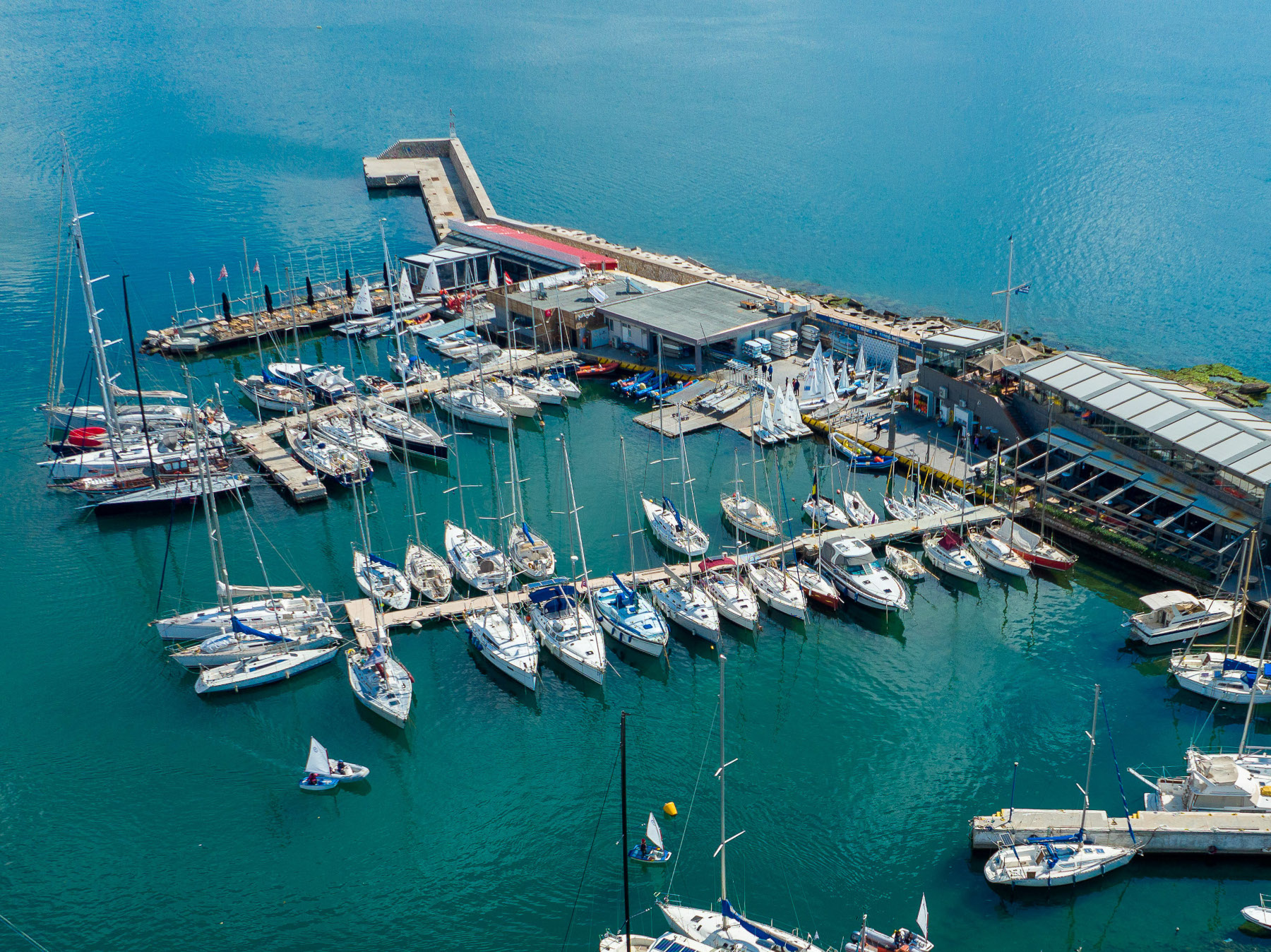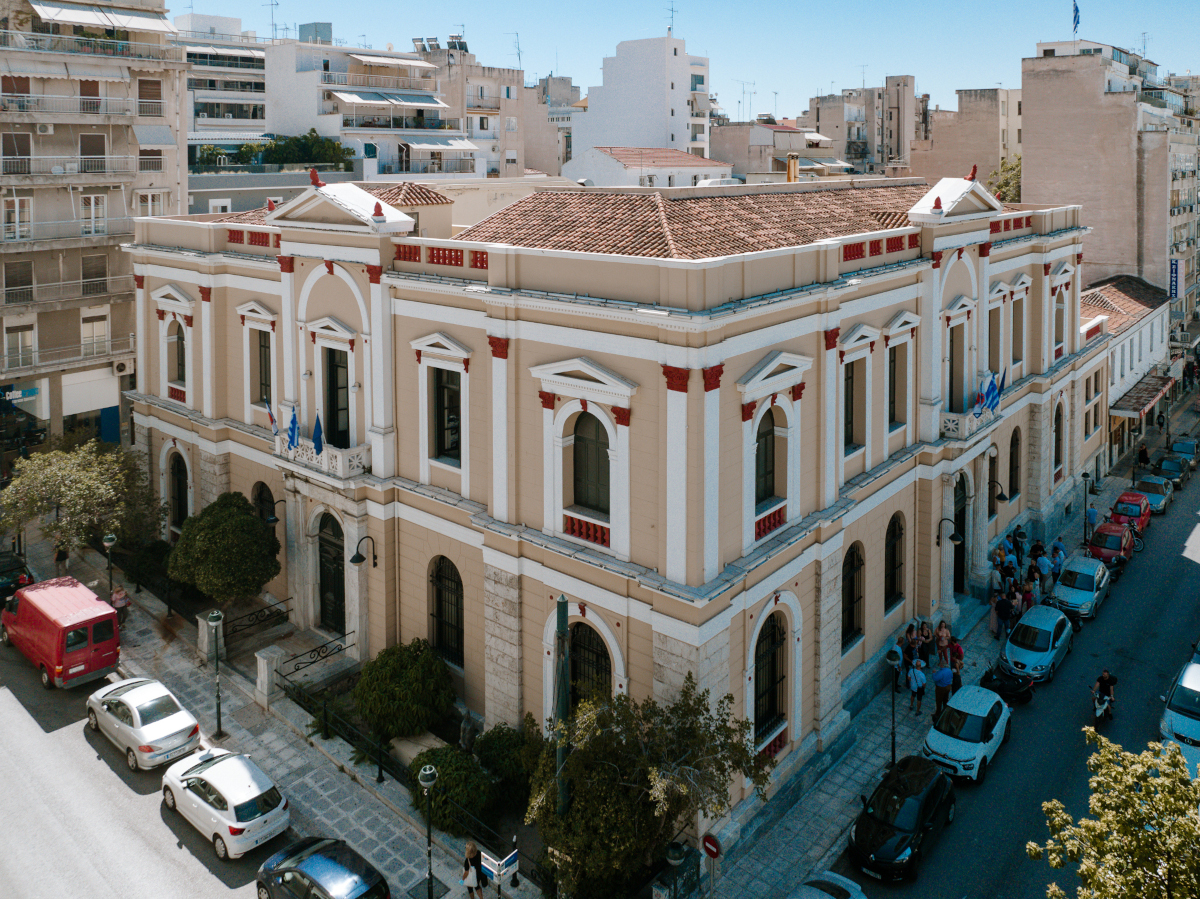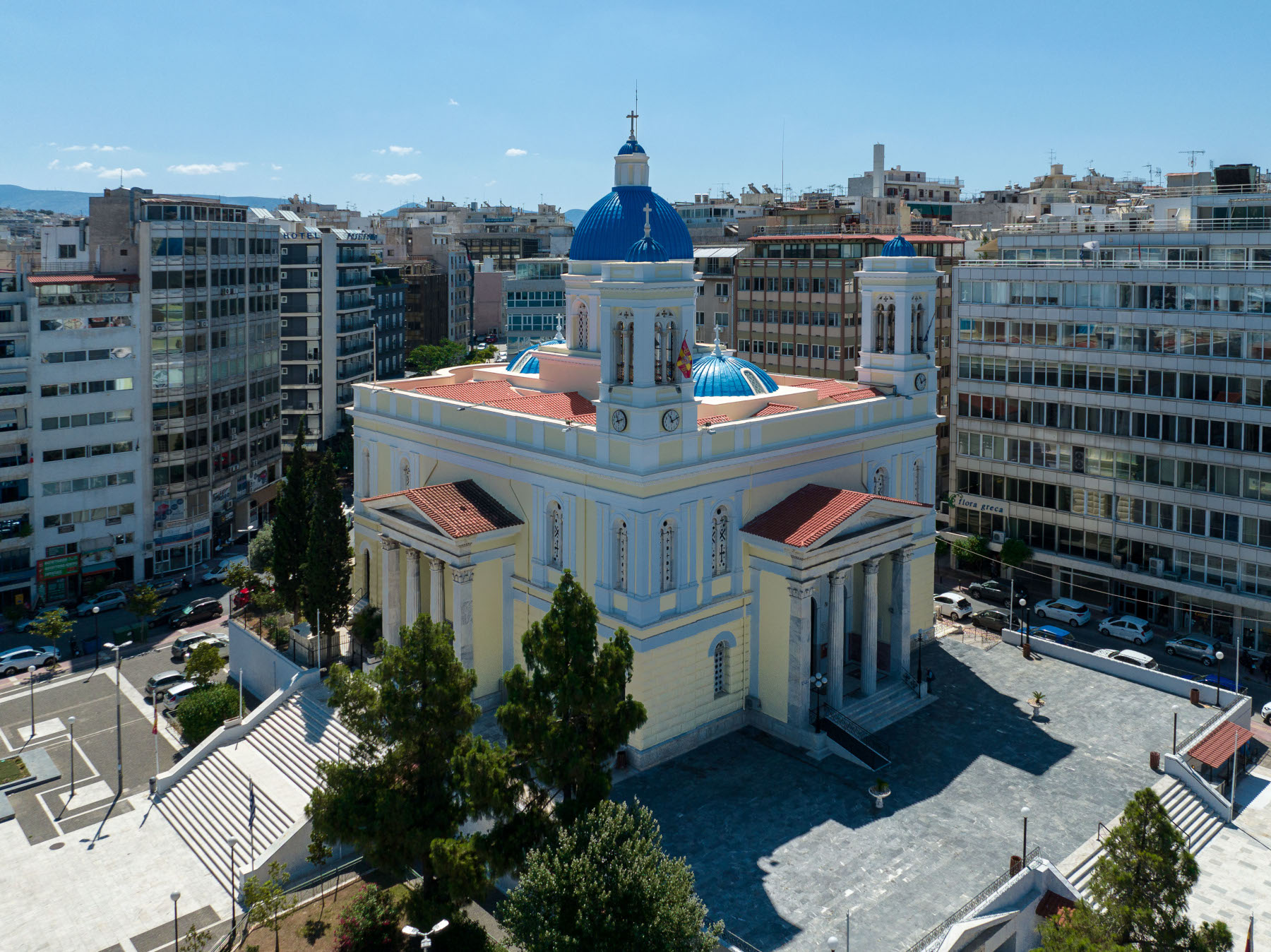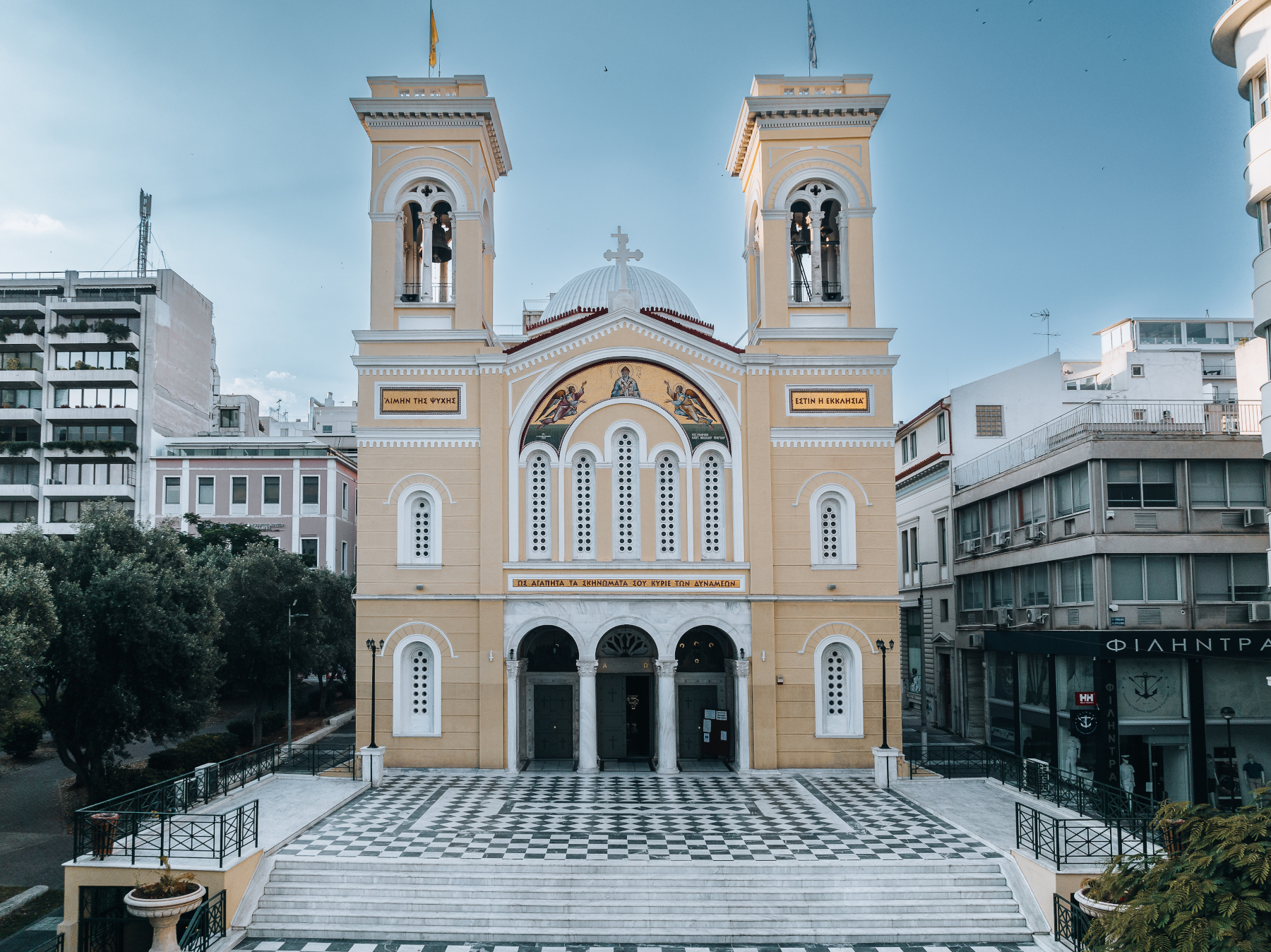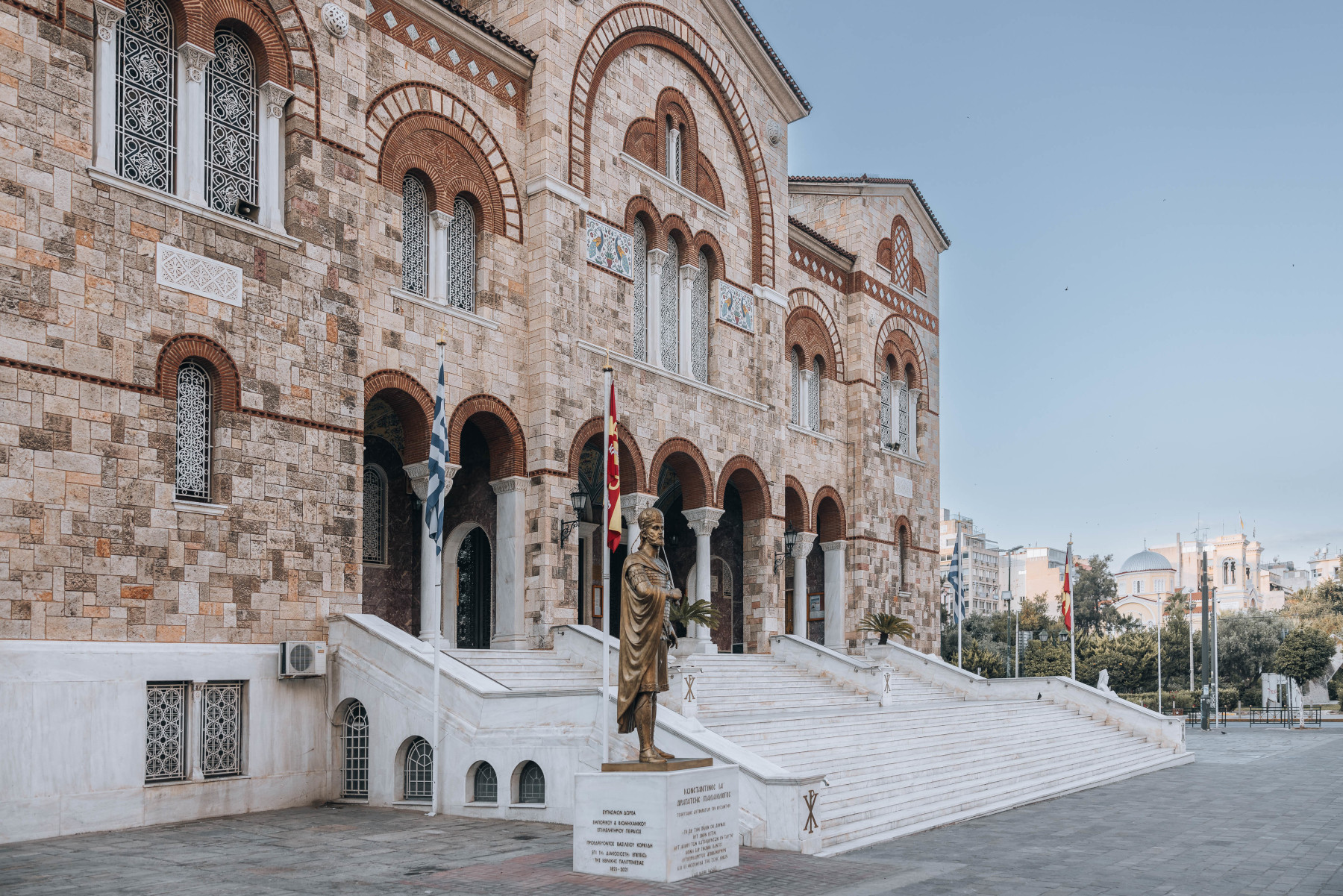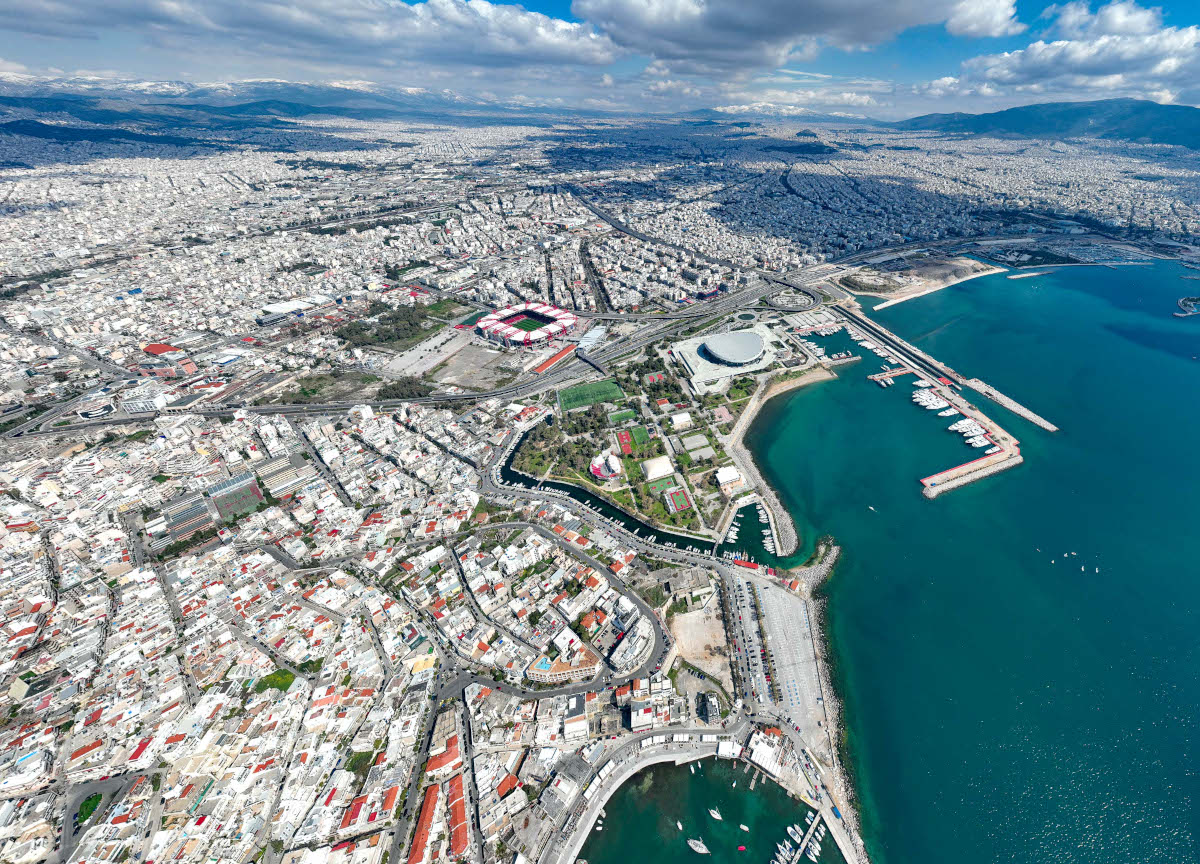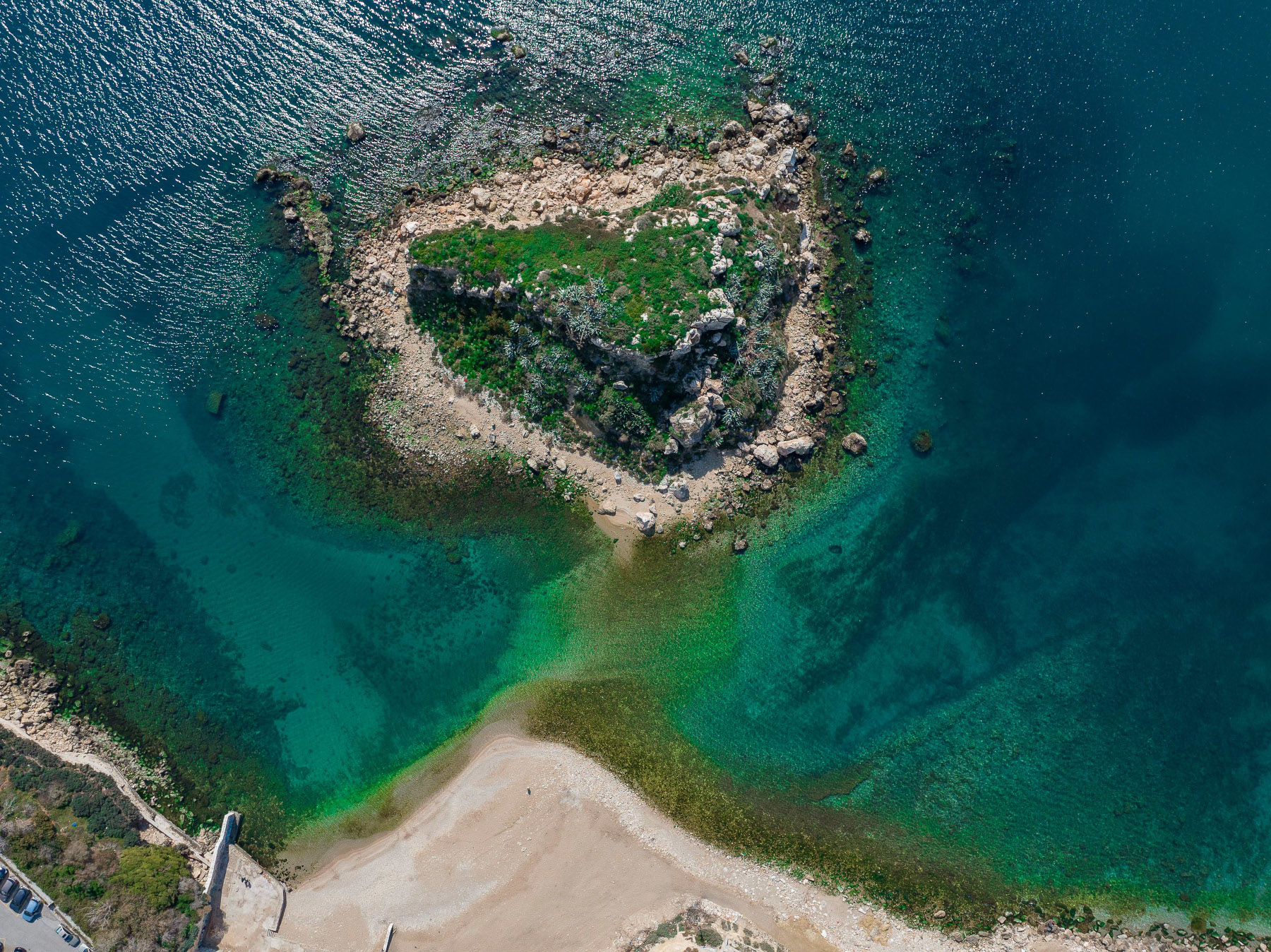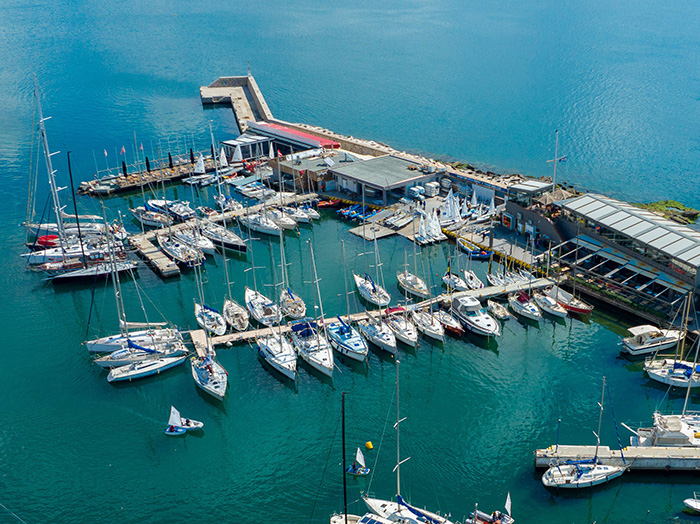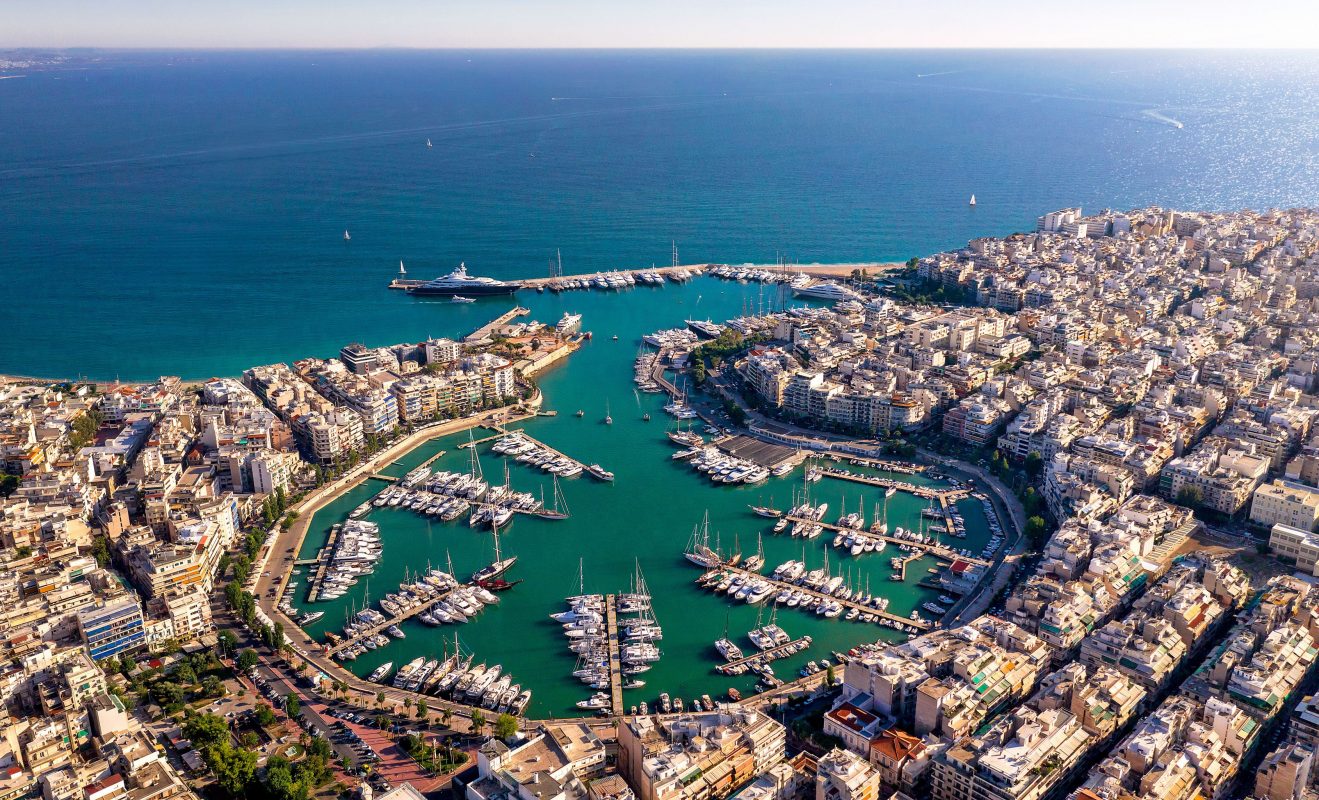Piraeus in Antiquity
Themistocles' vision for the development of Athens as a naval superpower thanks to Piraeus with its three natural harbours which were fortified, included the development of the commercial port: Kantharos (Megistos, according to Pausanias) which is the current central port of the city. Its total area in antiquity was larger than today's. The edges of the sea walls ended at the two coasts (Akrotiri and Hetaea) with fortified towers that held chains (keytra) to close and prevent surprise attacks by enemies.The edges of the sea walls ended at the two coasts (Akrotiri and Hetaea) with fortified towers that held chains (keytra) to close and prevent surprise attacks by enemies. The bay of Kantharos was a naval naval station (the second largest after Zeus) with shipyards and dockyards. It protected the interior of the commercial harbour, Emporio as it was called, around which a separate wall had been built. The organization and operation of the port under Pericles, the successor to Themistocles' work, was impressive-a precursor of the modern one! Indeed, public buildings and galleries were built through this wall, which impressed and declared the superiority of Athens, while piers and quays for ships were constructed in the harbour and the areas were divided according to the types of goods. During the 5th century Kantharos became the most important port in the Mediterranean! The economic prosperity of Asteos depended on it and its supply of basic goods (mainly wheat), timber, ores and slaves.
The revenue from port taxes (the so-called pentekosti) was also significant. Piraeus was a meeting place for merchants from all over the world, the first international banking centre and commodity and freight exchange, as well as an important point of industrial activity.
Piraeus, together with the silver ore of Lavrio, was the largest source of revenue for the Athenian treasury and a material prerequisite for Pericles' Golden Age.








